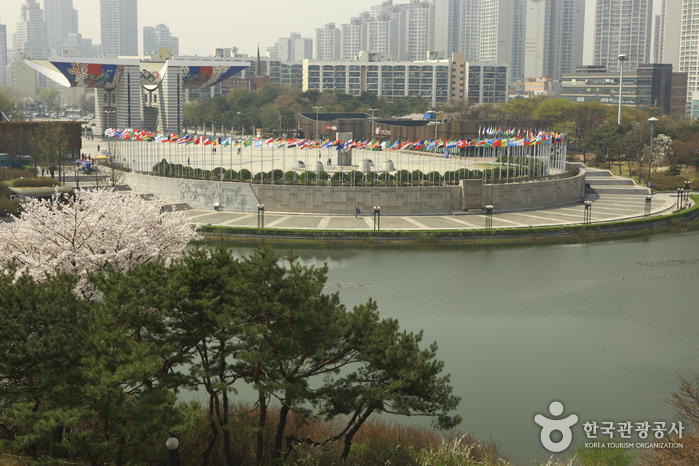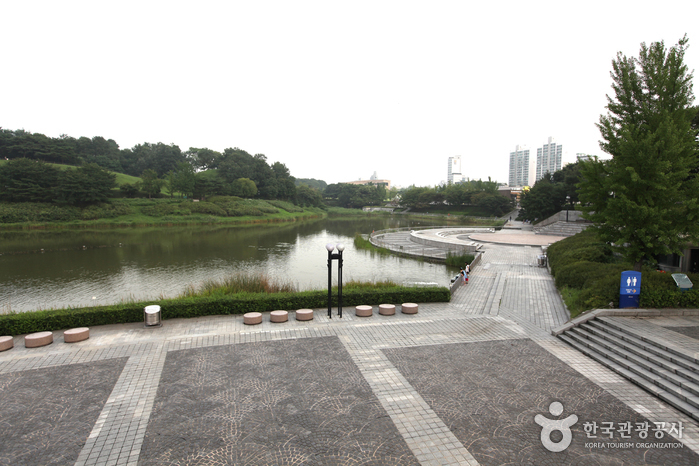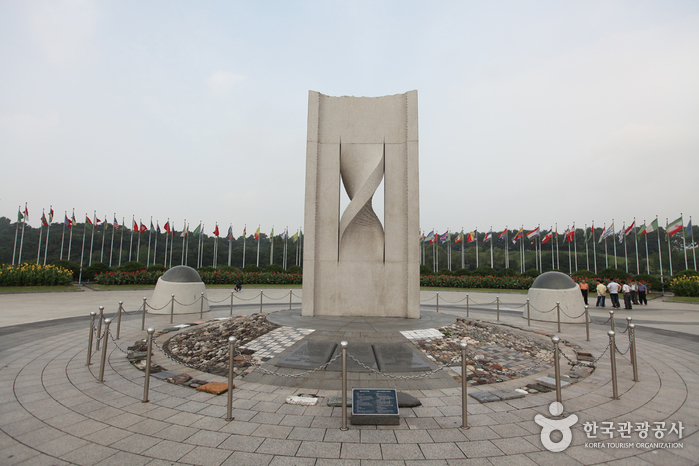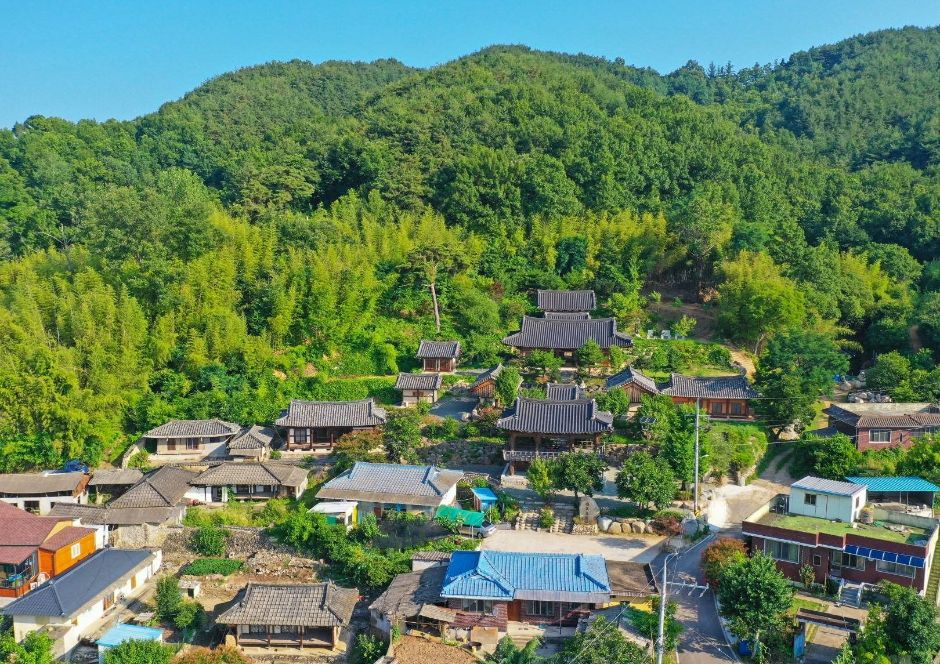Explanation
Olympic Park is an impressive leisure facility in which historic remains from the Baekje era share space with modern, state-of-the-art sports stadiums, an eco-friendly forest, and spacious grass fields. The legacy of the 1988 Seoul Olympics, the park not only houses the country’s largest sports arena, but has also become a place where Seoul residents come to relax and unwind.
Spread across approximately 1.45 million square meters, Olympic Park encompasses the land that was once Mongchontoseong Fortress and Mongchonhaeja (manmade lake) from the early Baekje period. The park is divided into several zones, including a leisure sports park, a cultural art park, an eco-park, and the History Experience Park dedicated to the area’s rich historic heritage.
Because Olympic Park is so large and takes over three hours to explore, visitors are advised to familiarize themselves with entrances and exits and travel routes before they start. To further save time, visitors can ride the Road Train (“Hodori Train”) located next to Peace Square.
Inquiry
+82-2-410-1114
Homepage
Information Use
Contact and Information : +82-2-410-1114
Parking facilities : Available
Day off : N/A (Open all year round)
Hours : Pedestrian and bicycle access: 05:00–22:00 (Plaza area until 24:00)
Vehicle access: 06:00-22:00
* Prohibited from entering park except for Peace Square and Meeting Square after 22:00 for safety
More information
Restrooms
Available
Admission Fees
Free
Parking Fees
Small vehicles: 600 won for each 10 minute increment
Large vehicles (24 passengers / 2.5 tons of more): 12,000 won
* Light-weighted vehicles, cars for people with disabilities, etc.: 50% discount
* In the event of large event held in the park, parking fees are changed to pre-paid parking lot and the parking lot operating hour is subject to change.
(Pre-paid parking lot: Small vehicles 5,000 won / Large vehicles 12,000 won)
Location
424 Olympic-ro, Songpa-gu, Seoul






 English
English
 한국어
한국어 日本語
日本語 中文(简体)
中文(简体) Deutsch
Deutsch Français
Français Español
Español Русский
Русский